Laser Rangefinder module: The Secret Tool Behind Perfect Accuracy

Laser Rangefinder module: The Secret Tool Behind Perfect Accuracy
What is a Laser Rangefinder Module?
A laser rangefinder module is a sophisticated tool that utilizes laser technology for accurate distance measurement. These modules consist of various components, including a laser diode, sensor, optics, and ranging module. By emitting laser pulses and measuring the time it takes for the pulses to return after hitting a target, laser rangefinder modules can determine the precise distance to the target.
Understanding the Components
The key components of a laser rangefinder module include a solid-state laser rangefinder, sensor module, and optics. The solid-state laser emits a laser beam that is then directed towards the target by the optics. The sensor module detects the reflected laser pulses and calculates the distance based on the time taken for the pulses to return.
How Does It Work?
The laser rangefinder module works by emitting short pulses of laser light towards the target. These pulses bounce off the target and return to the sensor in the module. By measuring the time it takes for the pulses to return, the module can calculate the distance to the target with high accuracy.
Applications of Laser Rangefinder Modules
Laser rangefinder modules find applications in various fields such as surveying, military targeting, hunting, and outdoor sports. Their ability to provide precise distance measurements makes them indispensable tools for achieving perfect accuracy in different scenarios.
Benefits of Using a Laser Rangefinder Module
Utilizing a laser rangefinder module offers several advantages, including:
Accurate Distance Measurement
Laser rangefinder modules provide high accuracy in distance measurement, making them reliable tools for tasks that require precision, such as construction, golfing, and ballistics.
Compact Design for Easy Integration
These modules are designed to be compact, allowing for easy integration into various devices and equipment. Their small size and lightweight make them convenient to use in portable applications.
Long-Range Capabilities
Many laser rangefinder modules offer long-range capabilities, enabling users to measure distances over extended distances accurately. This feature is particularly useful in situations where precise measurements are crucial.
Features to Look for in a Laser Rangefinder Module
When choosing a laser rangefinder module, consider the following key features:
Advanced Laser Technology
Opt for modules with advanced laser technology that enhances accuracy and reliability in distance measurements. Features like eye-safe laser pulses and high accuracy are essential for optimal performance.
Range Finder Options and Accuracy
Look for modules that offer a wide range of measurement options and high accuracy levels. The ability to measure both short and long distances with precision is critical for various applications.
Sensor Integration for Enhanced Functionality
Choose a module that integrates sensors for enhanced functionality, such as measuring angles, detecting targets, or operating in different lighting conditions. Sensor integration adds versatility to the module's capabilities.
How to Choose the Right Laser Rangefinder Module for Your Needs
When selecting a laser rangefinder module that suits your requirements, consider the following factors:
Considered Distance Measurement Requirements
Determine the range of distances you need to measure and choose a module that can accurately measure within that range. Different modules offer varying distance measuring capabilities, so select one that aligns with your needs.
Customization Options and Color Scheme Choices
Look for modules that provide customization options, such as changing measurement units, adjusting display settings, and choosing color schemes. Customizable features enhance user experience and make the module more user-friendly.
Contacting the Supplier for More Information
Reach out to the module supplier for detailed information on specifications, compatibility, and technical support. Direct communication with the supplier can help clarify any queries and ensure you make an informed decision.
Comparing Different Laser Rangefinder Modules in the Market
When comparing laser rangefinder modules in the market, consider the following comparisons:
Elem-DP 50e vs. RS232 Rangefinder Modules
Compare the features and specifications of Elem-DP 50e and RS232 rangefinder modules to determine which one aligns with your requirements. Look for factors such as accuracy, range, and additional functionalities.
Long-Range vs. Short-Range Laser Rangefinder Comparison
Assess the benefits and limitations of long-range and short-range laser rangefinder modules based on your intended applications. Consider factors like accuracy, ease of use, and compatibility with your devices.
Night Vision and Optical Features in Laser Rangefinder Modules
Explore laser rangefinder modules with night vision and optical features for enhanced functionality in low-light conditions. These additional capabilities can improve the module's performance in various environments.
Laser Rangefinder module: The Secret Tool Behind Perfect Accuracy

Laser rangefinders have revolutionized the way distances are measured with precision and accuracy. These advanced tools utilize laser technology to provide accurate measurements for various applications. Understanding the basics of laser rangefinders and the technology behind them is essential to grasp their significance in different industries.
What is a Laser Rangefinder and How Does It Work?
Understanding the Basics of Laser Rangefinders
A laser rangefinder is a device that uses a laser beam to determine the distance to a target. By emitting a laser pulse and measuring the time it takes for the pulse to be reflected back, the rangefinder calculates the distance accurately. This technology allows for precise measurements, making it a valuable tool in fields such as construction, hunting, and surveying.
Exploring the Technology Behind Laser Rangefinders
Laser rangefinders are equipped with optical components, sensors, and ranging modules that work together to ensure accurate distance measurement. The laser diode emits a laser beam, and the sensor module detects the reflected signal. This data is then processed to calculate the distance to the target. The use of solid-state laser rangefinders enhances accuracy and reliability in measuring distances.
Advantages of Using a Laser Rangefinder
One of the key advantages of laser rangefinders is their long-range capabilities. They can measure distances accurately over significant distances, providing users with reliable data. Additionally, laser rangefinders offer high accuracy levels and are often preferred over traditional methods due to their speed and efficiency in obtaining measurements.
Why Should You Use a Laser Rangefinder for Distance Measuring?
The Precision of Laser Rangefinders in Measuring Distances
Laser rangefinders are known for their precision in measuring distances, making them indispensable tools for applications that require accurate measurements. Whether in sports, forestry, or military operations, the precision offered by laser rangefinders ensures the desired outcomes are achieved.
Benefits of Using Laser Rangefinders Over Traditional Methods
Compared to traditional methods of distance measurement, laser rangefinders offer numerous benefits. They are faster, more reliable, and provide measurements with higher accuracy levels. Additionally, laser rangefinders are user-friendly and simplify the process of obtaining distance measurements.
Applications of Laser Rangefinders in Various Industries
Laser rangefinders find applications across various industries, including construction, engineering, forestry, and sports. They are used for tasks such as surveying, mapping, and target shooting, where accurate distance measurement is crucial for achieving optimal results.
Features to Look for in a Laser Rangefinder Module
Key Components of a Laser Rangefinder Module
A laser rangefinder module consists of essential components such as the laser diode, optics, sensor module, and ranging module. These components work together seamlessly to ensure precise distance measurements are obtained.
Factors to Consider When Choosing a Laser Rangefinder Module
When selecting a laser rangefinder module, factors such as measuring range, accuracy, and optical capabilities should be considered. It is essential to choose a module that meets the requirements of the specific application to achieve optimal performance.
Advancements in Laser Rangefinder Modules
The technology behind laser rangefinder modules continues to evolve, with advancements in laser distance sensors, ranging modules, and optics. These innovations enhance the accuracy and functionality of laser rangefinders, making them more versatile and efficient in distance measuring tasks.
Maximizing the Range of Your Laser Rangefinder
Tips for Extending the Range of Your Laser Rangefinder
To maximize the range of your laser rangefinder, it is essential to consider factors such as environmental conditions, target characteristics, and the quality of the rangefinder itself. By following best practices and adjusting settings accordingly, users can achieve optimal performance even at extended distances.
Understanding the Limitations of Laser Rangefinders
While laser rangefinders offer impressive accuracy and range capabilities, they have limitations, especially in adverse weather conditions or when targeting reflective surfaces. Users should be aware of these limitations and take them into account when using laser rangefinders for distance measuring tasks.
Enhancing Accuracy at Long Distances with Laser Rangefinders
Achieving accuracy at long distances with laser rangefinders requires a combination of proper calibration, stable positioning, and optimal settings. By following recommended guidelines and understanding the capabilities of the rangefinder, users can enhance accuracy and reliability in distance measurements.
Choosing the Right Laser Rangefinder for Your Needs
Factors to Consider When Selecting a Laser Rangefinder
When choosing a laser rangefinder, factors such as measuring range, accuracy, size, and additional features should be taken into consideration. Users must assess their specific requirements and select a rangefinder that aligns with their needs to ensure optimal performance.
Different Types of Laser Rangefinders Available in the Market
Laser rangefinders come in various types and configurations, including compact designs, long-range models, and options with night vision capabilities. Understanding the different types available allows users to choose a rangefinder that best suits their intended applications.
Customization Options and Accessories for Laser Rangefinders
Many laser rangefinders offer customization options and accessories to enhance their functionality and usability. Users can choose from a range of accessories such as mounts, tripods, and carrying cases to tailor their rangefinder to specific requirements and improve the overall user experience.

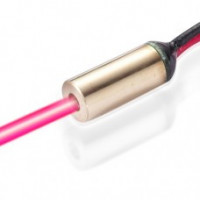
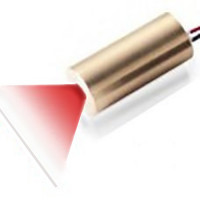
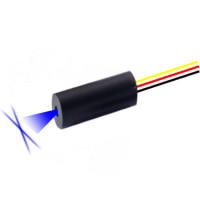
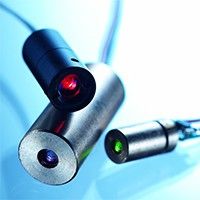

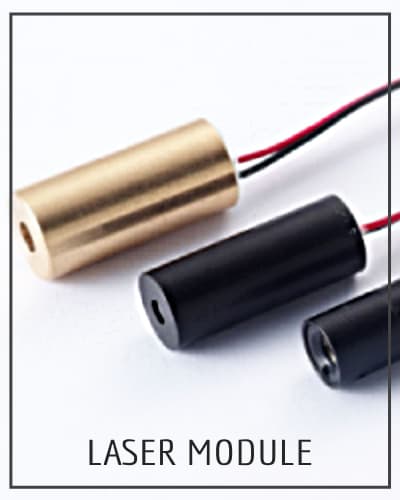
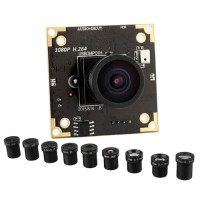



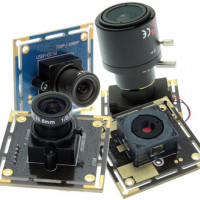
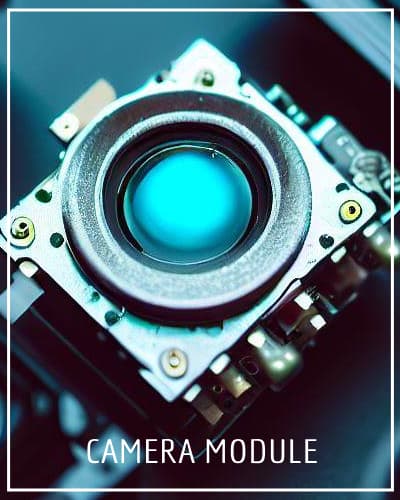
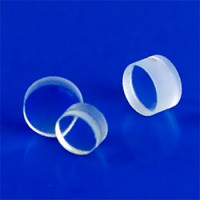
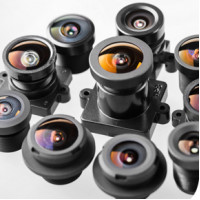

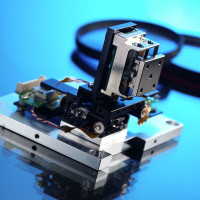

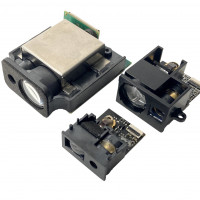

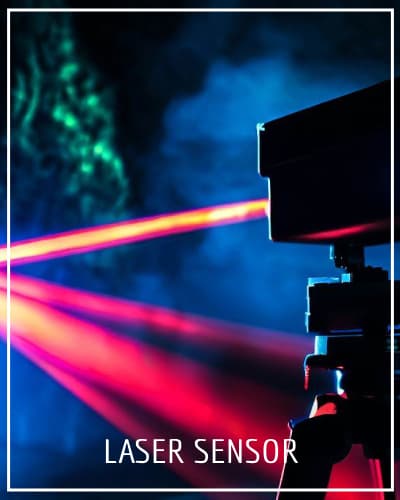
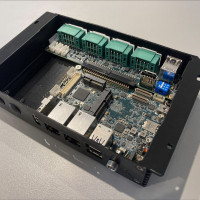

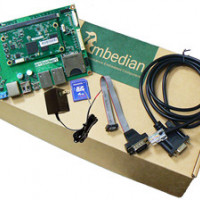
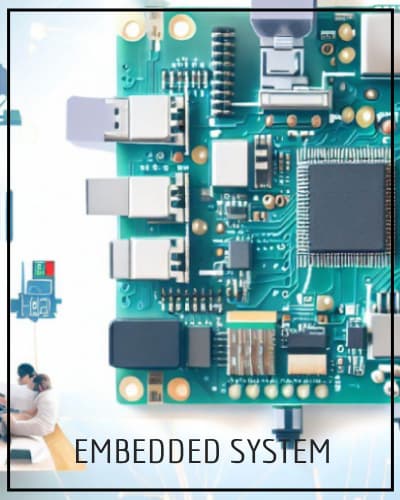

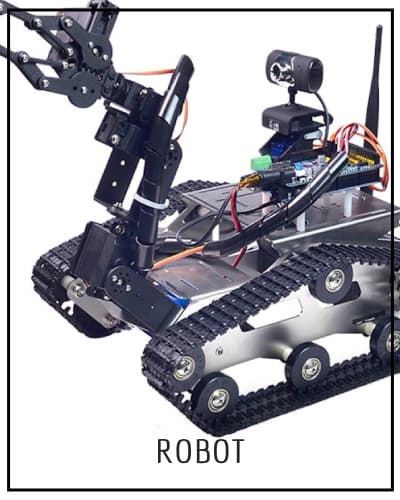



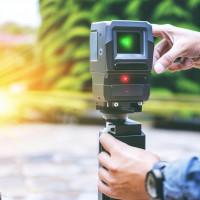



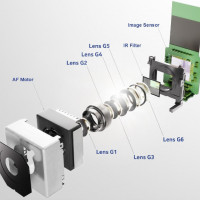

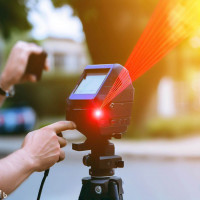

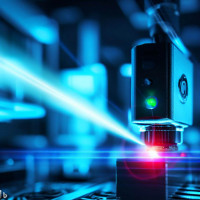

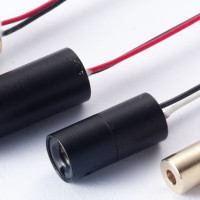
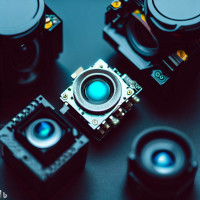

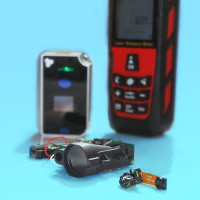

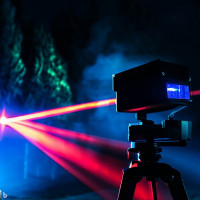
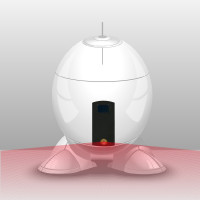



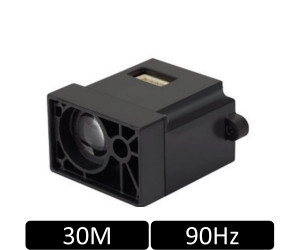
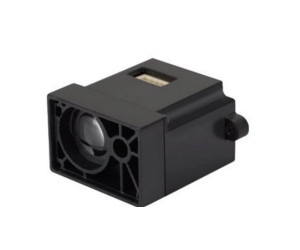
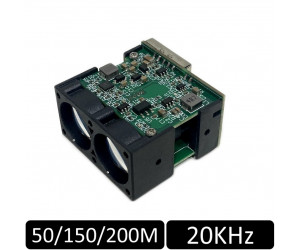
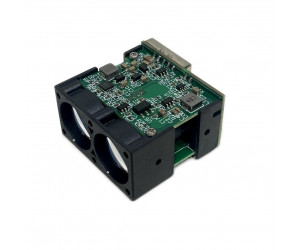
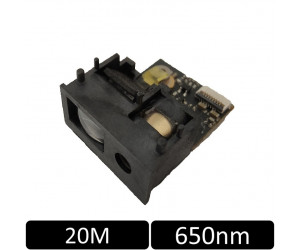
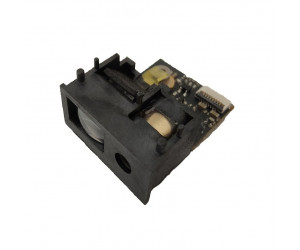
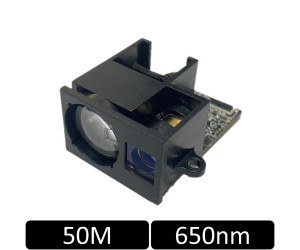
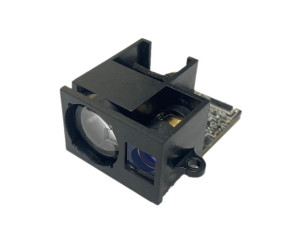
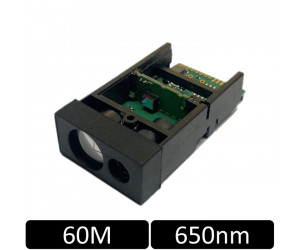
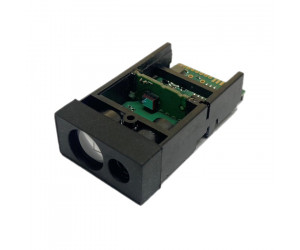
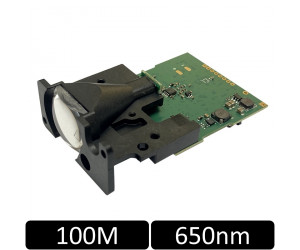
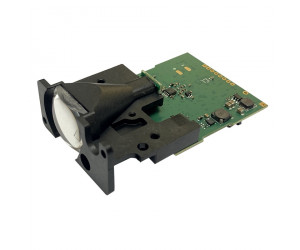
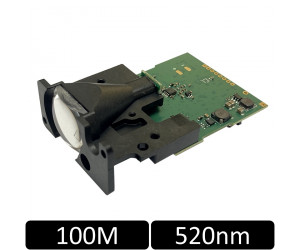
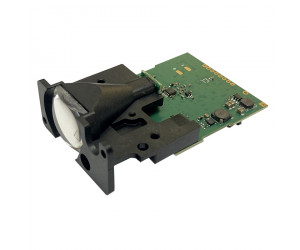
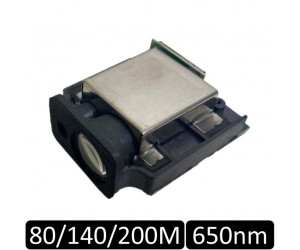
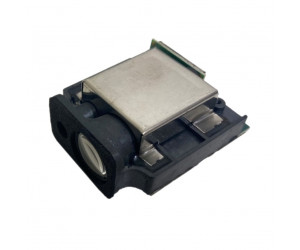
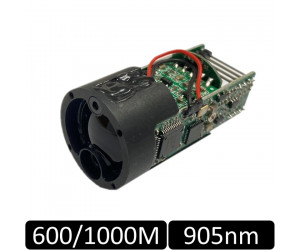
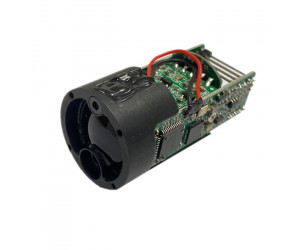
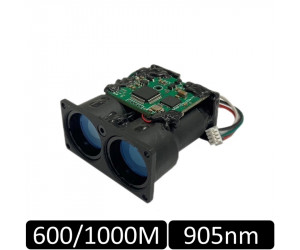
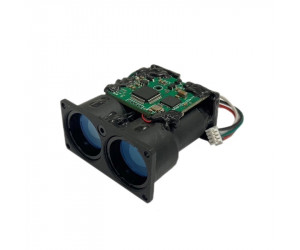
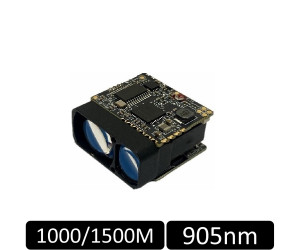
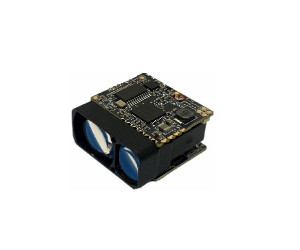
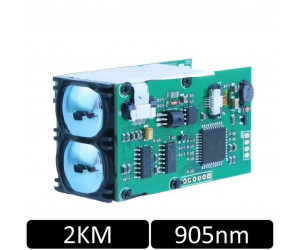
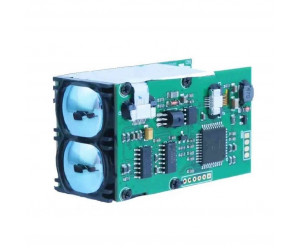
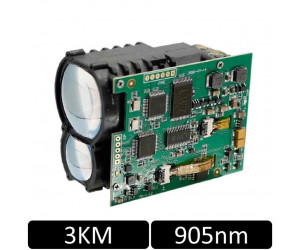
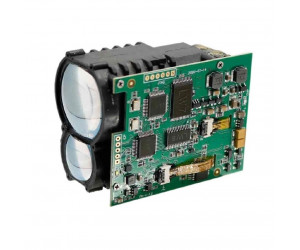
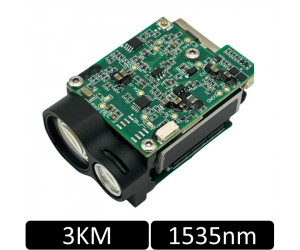
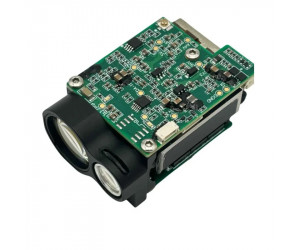
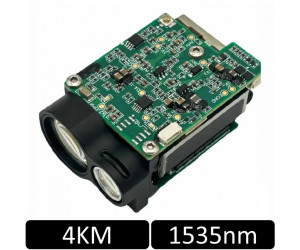
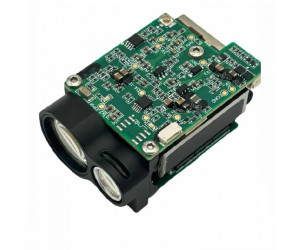




Leave a Comment